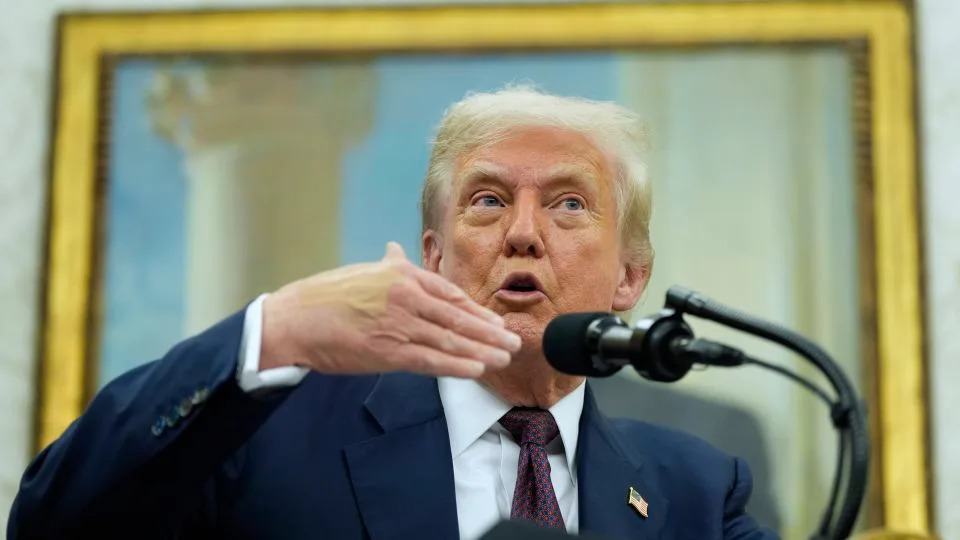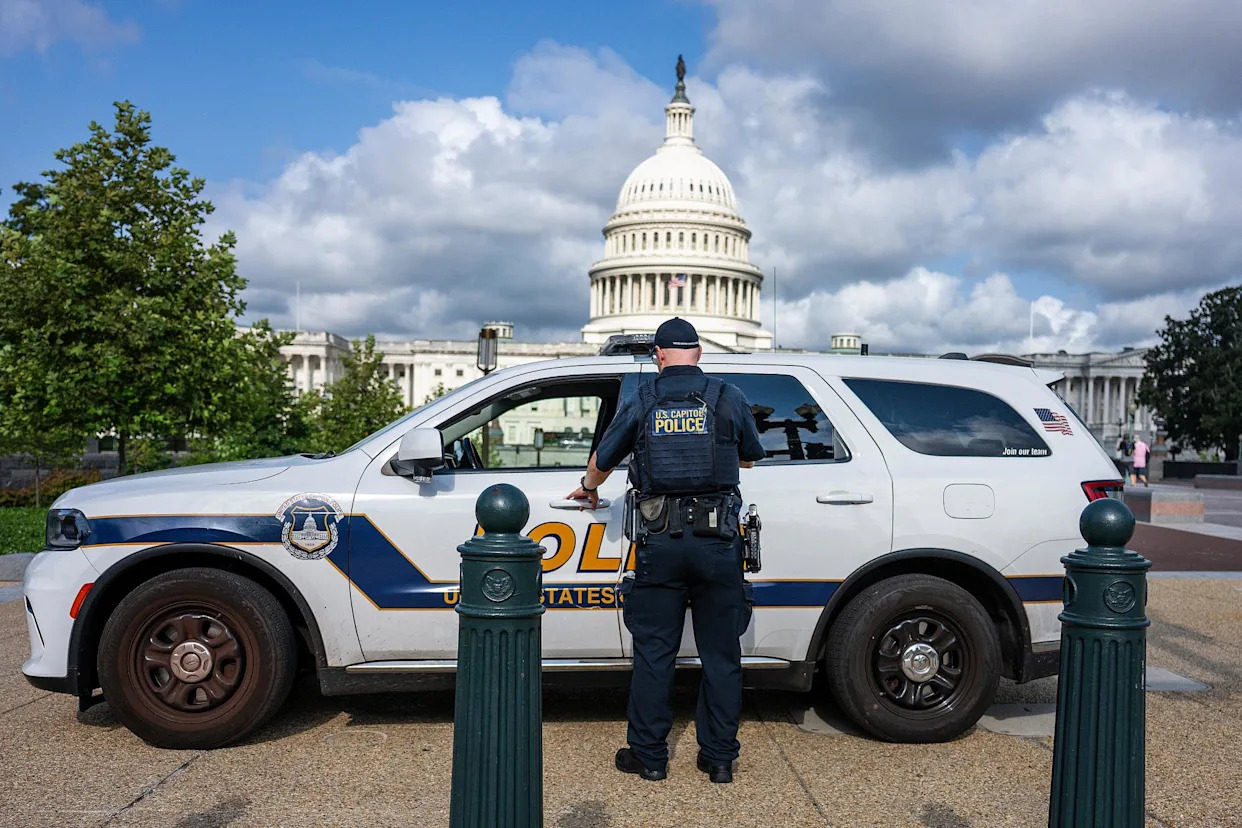
President Donald Trump in his second term often seems to be throwing things at the wall and seeing what does and doesn’t stick. That’s certainly the case with his highly unorthodox push for a new census.
The issue has stung him several times before, but he’s apparently back for another bite at the apple — no matter the obvious and numerous obstacles.
To recap: Trump announced Thursday that he’s ordered the Commerce Department to “immediately begin work on a new and highly accurate CENSUS” that will not count undocumented immigrants.
The administration for some reason isn’t saying precisely when Trump intends to conduct this census — whether it would be an unprecedented mid-decade census or if he’s referring to improvements to the existing and upcoming census in 2030. But given some Republicans like Florida Gov. Ron DeSantis and Rep. Marjorie Taylor Greene of Georgia have pushed the mid-decade route and that Trump seems to be seeking whatever advantage his party can get in the 2026 midterm elections right now (see: Texas redistricting), there’s a decent chance he means this should happen now.
There would be a number of pronounced problems with that.
One is the sheer magnitude of the census process. It literally takes a decade of work, with strict rules about pieces of the process, including that its questions need to be agreed-upon two years in advance. Pushing to make anything amounting to an actual, traditional census happen in such short order feels pretty naïve.
Even if you ignore the timeframe issue, there’s the matter of authority. Article 1 of the Constitution gives Congress, not the president, the power over the “actual enumeration” of the population.
Congress has authorized the Commerce Department to conduct a sort of “mid-decade census” in years ending in “5,” like 2025. But that can’t legally be used to redistrict or reapportion House seats — the real potential political value of this for Trump and the GOP. (There is evidence that a new census could take several congressional districts out of blue states and put them in red states.)

Finally, there’s the other main reason Trump seems to want to do this: to get undocumented immigrants out of the count. But the Constitution says congressional districts are to be apportioned based on “the whole number of persons in each State.”
Trump might not like undocumented immigrants being in this country — he’s made that clear — but it’s difficult to see even the most favorable court deciding they don’t constitute people.
The other gob smacking part of this is Trump is once again trying to confront a beast that has repeatedly beaten him in the past.
Trump’s quest to use the census to weed out undocumented immigrants has been a lengthy one, dating to the early days of his first term. His many attempts have come up short at every juncture — sometimes in pretty embarrassing ways.
The big effort early in Trump’s first term wasn’t to get noncitizens out of the count, at least on its face, but to merely put a citizenship question on the census.
But the administration botched it from the start. It claimed it was doing this not for political gain but to enforce the Voting Rights Act, yet contemporaneous documents sharply undercut that justification. Ultimately, Supreme Court Chief Justice John Roberts, in a remarkable 2019 rebuke striking down the citizenship question, said the administration’s justification appeared to be “contrived” and a “distraction.”
Trump responded to this by saying he would ask “the lawyers” whether they could “delay the Census, no matter how long.” They couldn’t. His threats never came to pass.

Soon, Trump basically copped to the actual justification for his gambit: a political one. Trump signed a memorandum in mid-2020 stating that undocumented immigrants shouldn’t be used in apportionment of districts.
That was about as puzzling as Trump’s announcement Thursday. How were those tasked with apportioning congressional seats supposed to comply with Trump’s memo if they didn’t have the underlying census data that excluded non-citizens? The administration occasionally claimed it could somehow use other data that was less robust, but that seemed far-fetched.
By August 2020, the administration launched another census-related power play: officials sought to cut the census short by a month, apparently so they could reapportion districts before Trump’s term ended on Jan. 20 (in case he lost the election, which he ultimately did).
Officials scrambled to provide some kind of data on undocumented immigrants. There were ugly power struggles for months over the administration’s clear politicization of the process. It ultimately failed.
In the end, it was perhaps the most undersold minor scandal of the first Trump administration — ultimately overshadowed by the events of Jan. 6, 2021. The Trump administration clearly tried to game the system, and it repeatedly came up short.
And Trump apparently wants to run it back again.
For more CNN news and newsletters create an account at CNN.com






Comments